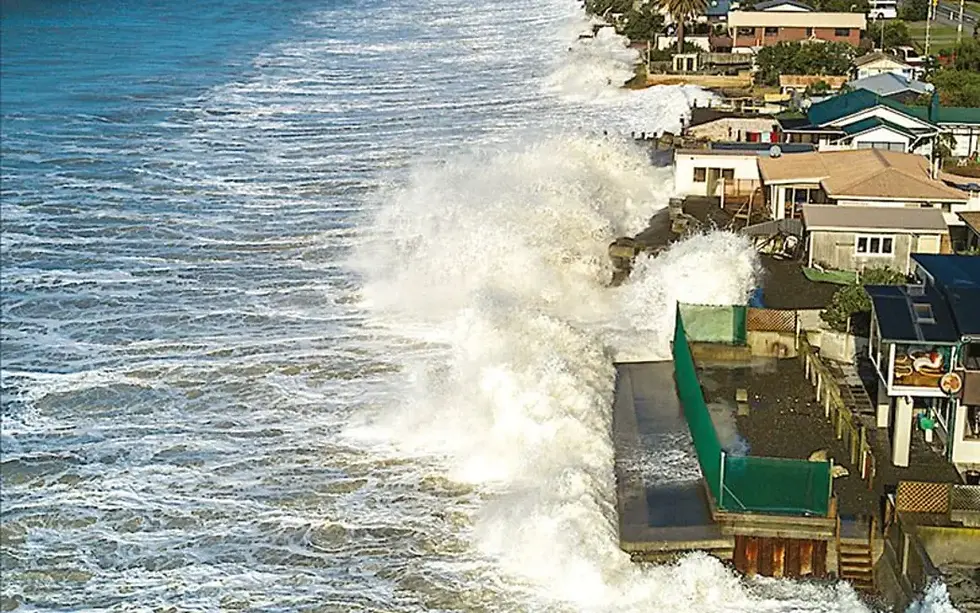SLR : Understanding the Phenomenon of Rising Sea Levels
- charlotteselve8
- 27 août 2023
- 2 min de lecture
Dernière mise à jour : 2 sept. 2023
In an era defined by climate change, one of the most pressing challenges we face today is the rising sea levels. This phenomenon, also known as sea-level rise or marine level elevation, refers to the gradual increase in the average level of oceans and seas worldwide.
The Climate Change Connection
The primary driver behind this alarming rise is none other than global warming, stemming from the accumulation of greenhouse gases in our atmosphere. Sea-level rise occurs due to the thermal expansion of water caused by increasing temperatures and the melting of glaciers and ice caps in polar and mountainous regions.
As we delve into the impact of rising sea levels, it becomes apparent that it extends beyond mere statistics and into the realms of human livelihood, coastal ecosystems, and critical infrastructure situated along our coastlines. The repercussions include an amplified risk of flooding and coastal erosion, with far-reaching consequences for coastal communities.
Recent Events: The Xynthia Storm (2010)
A poignant illustration of the devastating consequences of rising sea levels and extreme weather events on coastal areas can be found in the tragic event linked to the Xynthia storm. Xynthia, an exceptionally intense storm, struck the French Atlantic coast in February 2010.
The atmospheric conditions accompanying Xynthia unleashed fierce winds and an abnormal surge in sea levels. Coastal areas, already vulnerable to erosion and flooding due to the ongoing rise in sea levels, bore the brunt of the impact. Coastal defenses and barriers were overwhelmed, resulting in widespread flooding in regions such as Vendée and Charente-Maritime.
This event had tragic consequences, resulting in the loss of numerous lives and extensive damage. Xynthia served as a stark reminder of the urgent need to take action to mitigate the effects of rising sea levels and bolster the resilience of coastal areas against extreme climate phenomena.
Beyond the event itself, Xynthia shed light on the necessity of proper coastal development planning and management, as well as climate adaptation policies, to minimize risks for populations and infrastructure situated in regions exposed to the combined effects of rising sea levels and storms.
Challenges Ahead
One of the most critical challenges we face in the wake of rising sea levels is the vulnerability of coastal areas. These regions demand immediate rehousing solutions for their inhabitants.
Coastal zones, by their very nature, are at the forefront of the threat posed by rising sea levels. Their vulnerability is compounded by several factors:
Low and flat topography, making them susceptible to inundation during high tides and storms.
High population density and significant infrastructure, exposing cities to risks.
Degradation of coastal ecosystems like mangroves, salt marshes, and coral reefs, which act as natural barriers against storms and floods.
Dominance of economic activities such as fishing, tourism, and trade, making coastal regions economically dependent on their coastal activities.
In sum, coastal areas are particularly vulnerable to rising sea levels due to their topography, population density, ecosystem fragility, and economic dependence on coastal activities. As we move forward, addressing these challenges will be essential to safeguarding the future of these regions and the millions of lives they impact.


Comments